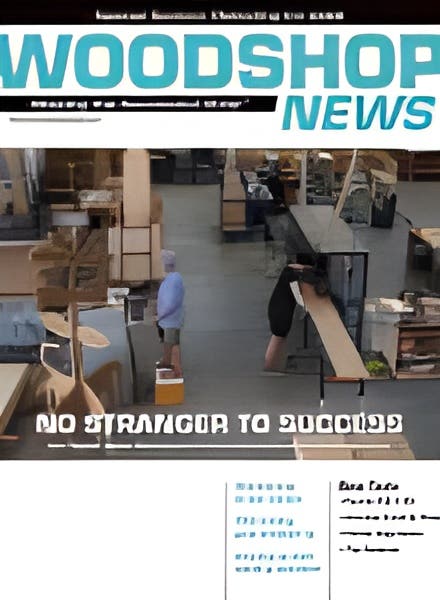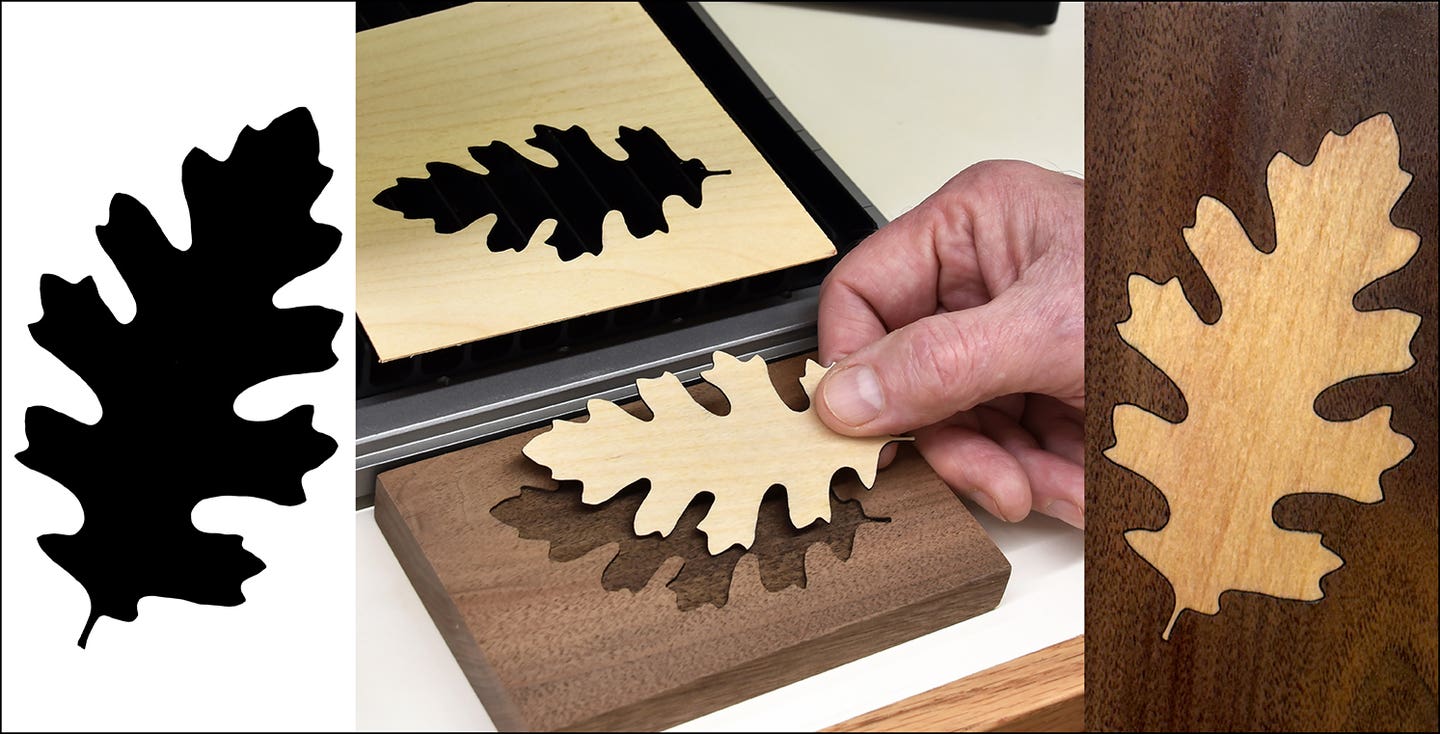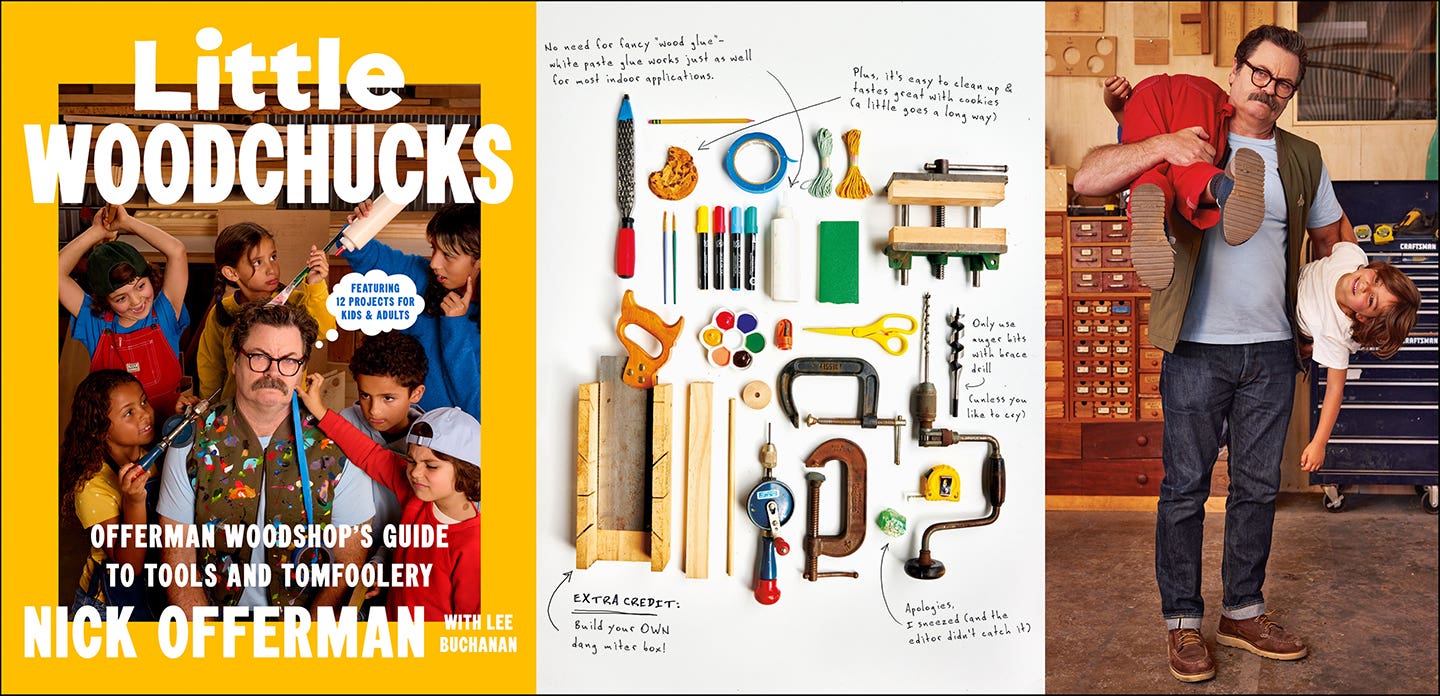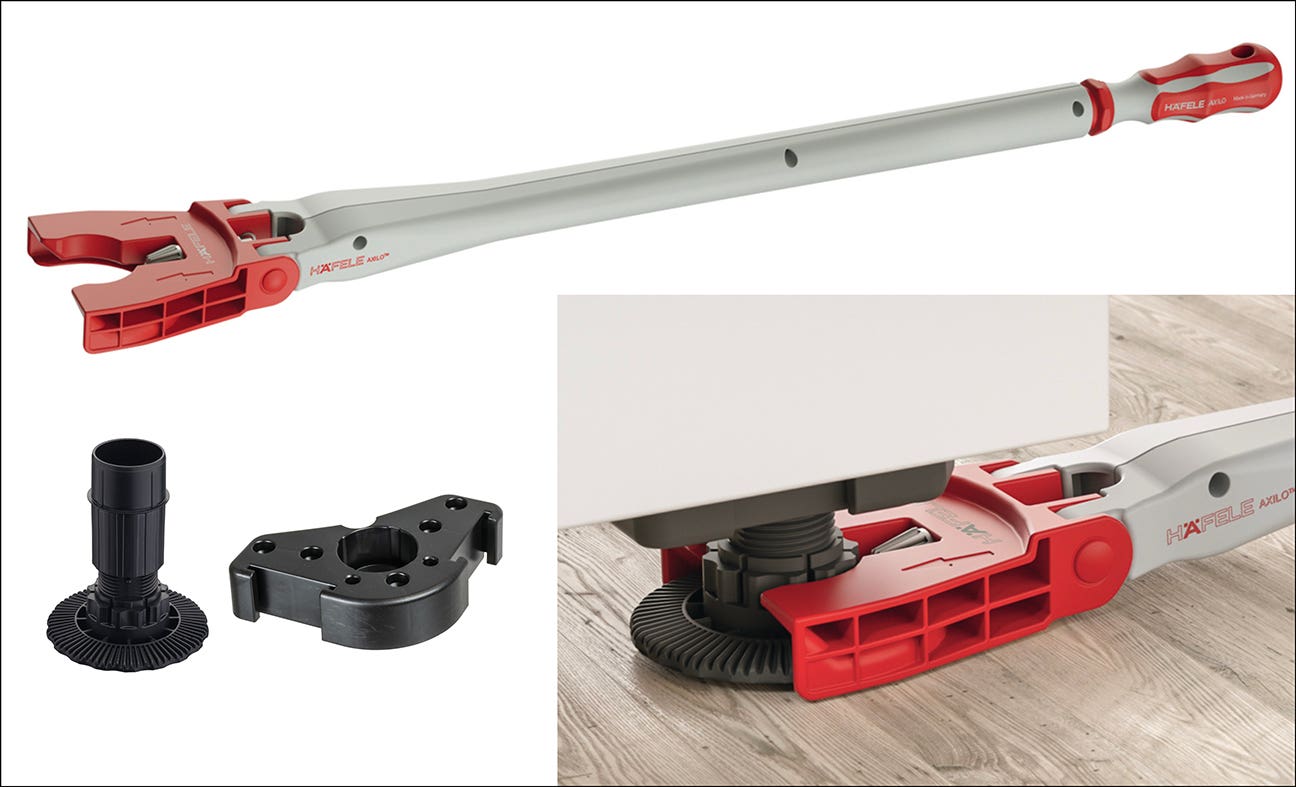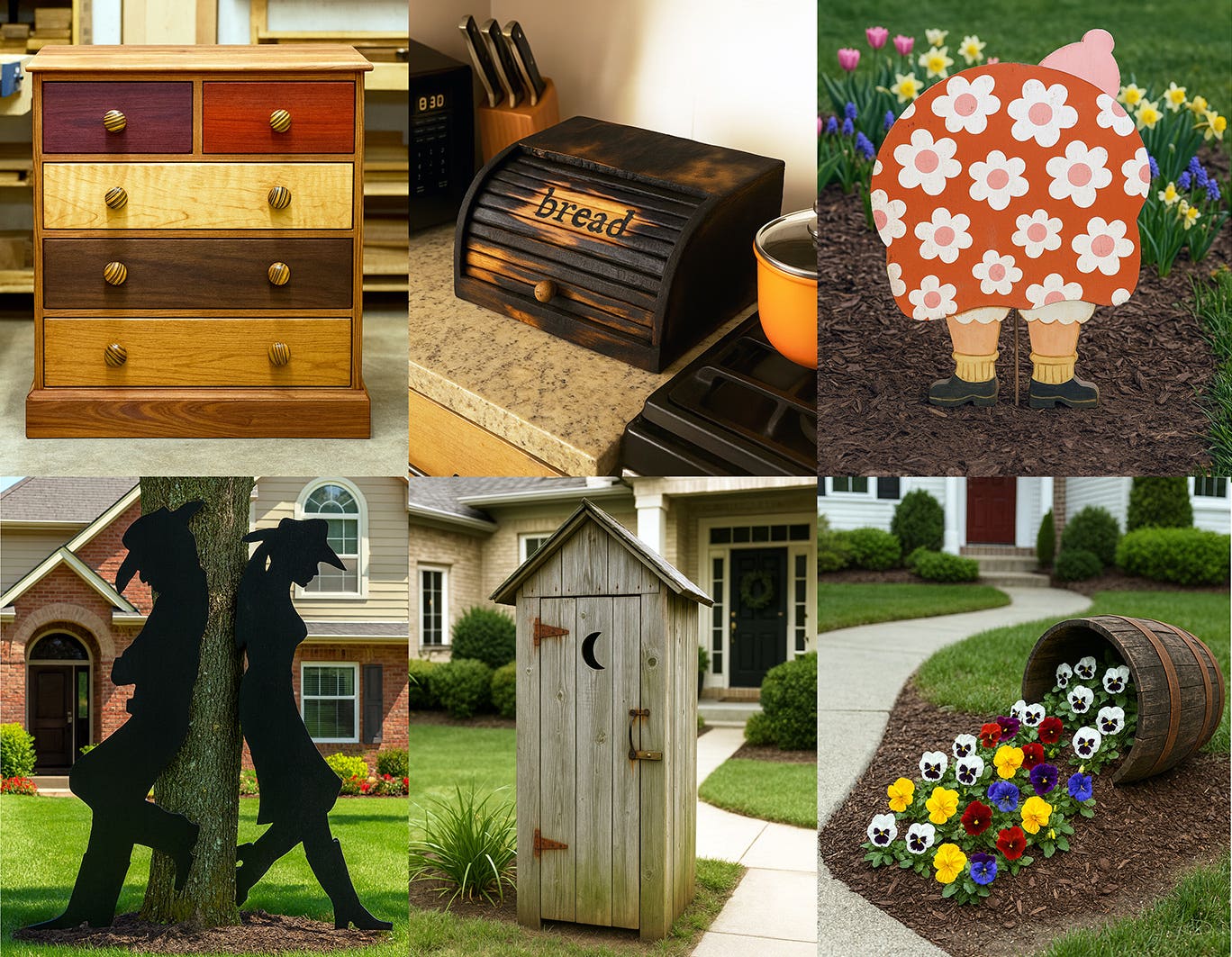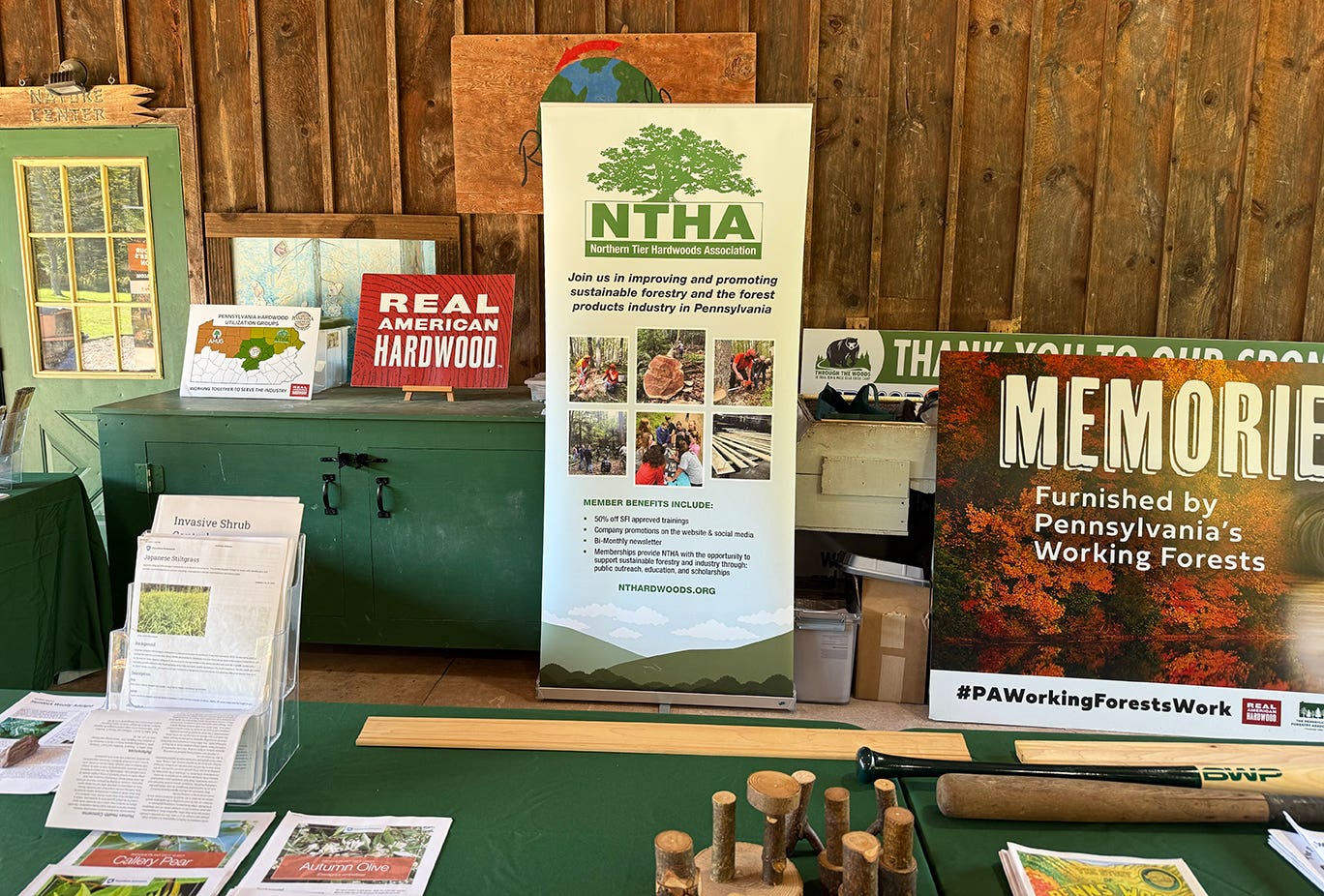Wood ’n’ nails
As everyone knows, nails are made of metal… except when they aren’t.
As everyone knows, nails are made of metal… except when they aren’t.
I enjoy learning about new woodworking technologies, especially when they change my conception of something really basic. For example, what’s more basic than a nail? Whether cut or formed from wire, they’re just thin metal sticks that bridge two workpieces to join and hold them together. Simple.
But there have been variations for centuries, like dowels. They’re thin sticks just like nails, and they also bridge workpieces to join them. Same “technology,” but used in different ways for different applications. But what if you merged the two?
That’s exactly what Austria-based Raimund Beck KG has done with their Lignoloc wooden nails, which the company touts as a greener and, in some cases, better choice than metal. The nails are produced from European beech (the company says they can get a million nails out of a single decent-size beech trunk) and compressed to increase nail density.
The really fascinating thing is that the nails actually weld wood fibers with linear friction – driven into wood at high speed with a proprietary pneumatic nail gun, friction heat softens lignin in both the workpiece and nail, fusing the fibers of each. The whole process takes only a second or two, and drilling pilot holes isn’t needed for most construction materials. As a bonus, any further working causes no damage to blades or tools like metal nails can.
According to Beck, the production of wooden nails produces 66 percent less CO2 emissions than steel nails, using sustainable sources. The Lignoloc nails are also faster to use than dowel joinery and aren’t susceptible to rusting or corroding in damp environments, eliminating streaking. Used for interiors, the nails look like dowels, not bare nail heads.
These wooden nails aren’t for every maker or for every application, but the industry has taken notice. The nails won a Challenger’s Award at the 2018 IWF as well as a Pro Tool Innovation Award (PTIA) the same year, and numerous European awards since then. The system is still on the expensive side, but as with all new tech, the prices will come down. And while they do, these new offerings can help the drive for sustainability in the process.
A.J. Hamler is the former editor of Woodshop News and Woodcraft Magazine. He's currently a freelance woodworking writer/editor, which is another way of stating self-employed. When he's not writing or in the shop, he enjoys science fiction, gourmet cooking and Civil War reenacting, but not at the same time.

